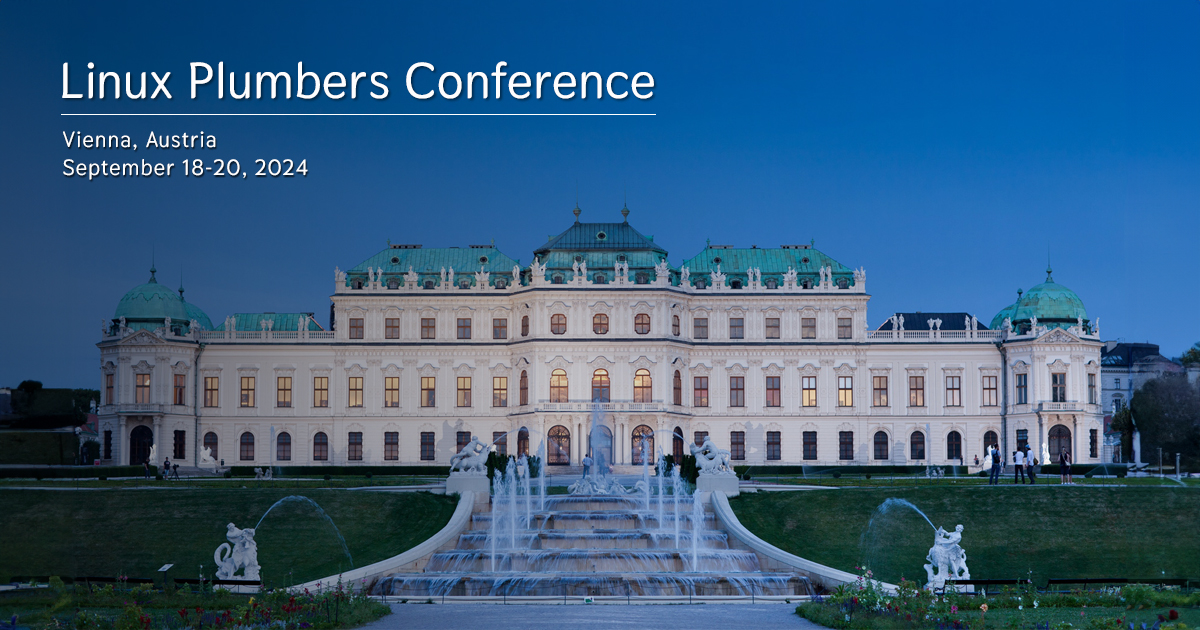Speaker
Description
For decades, Linux memory management has been mostly focused on the needs of
user space and generic kernel-space users (memory control groups, transparent
huge pages, compression). Other big changes are good for maintenance and/or
debugging (removal of DISCONTIGMEM, compaction, kmemleak, folios, removal of
redundant slab-style allocators and many other). Little has been done for device
drivers (only CMA comes to mind).
It appears that Linux memory management does not match the needs of device
drivers very well. At some point, the ugly, quirky and subtly or grossly
broken hardware kicks in and spoils the party. It's usually the job of device
drivers to bridge the gap. They often have to care about the placement of
memory buffers in physical address space. Surprisingly or not, these
constraints rarely match the constraints of DMA and DMA32 zones (if they even
exist). As a result, these zones add complexity to the buddy allocator but
they do not bring much benefit. CMA may help sometimes but not always.
I would like to discuss the alternatives and possible ways to remove DMA and
DMA32 from the kernel.

